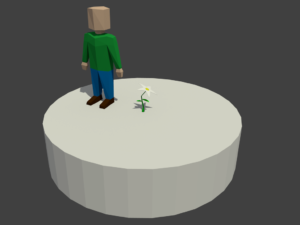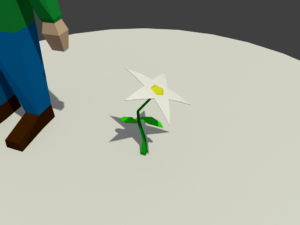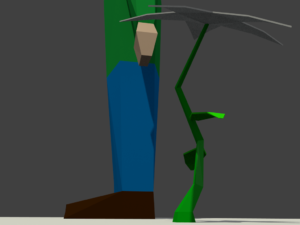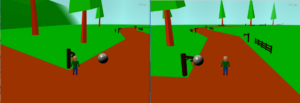I’ve made some more good progress on the world editor. Here is the full list of features as of today:
- Relatively full saving and loading capabilities. That is, you can save and load terrain changes and the location, rotation, and scale of objects in a scene. Terrain data is saved in a custom heightmap image file.
- Terrain editing including raising and lowering terrain and smoothing.
- Add assets to a scene from a menu.
- Translate, rotate, and scale assets that are added to a scene.
Listing it out, it’s not all that impressive considering the amount of work it has taken to get the editor to this point. Still, I’m fairly happy with it and I’m pretty much at the point I wanted to reach by the end of February, so that’s encouraging.
I think the best course of action is to release a new version showing off the features of the world editor. I’ll try to do that tomorrow. Then I need to spend some serious time actually designing the game. I have a vague idea of how I want the game to look and work, but I can’t develop from a vague idea. I need specifics about classes, races, maps, battle systems, crafting systems, economic systems, etc., etc. So after a version release tomorrow I’ll spend several days, if not more, trying to get the very basics of an actual game planned out so that I can start working on features in a more coordinated way.
Oh, and I guess I need to get an asset spotlight done as well. Hopefully I can do that over the weekend, although designing assets of any value without a real game plan in place is … challenging. Still, I’ll make something generic that I know I can use no matter what.





